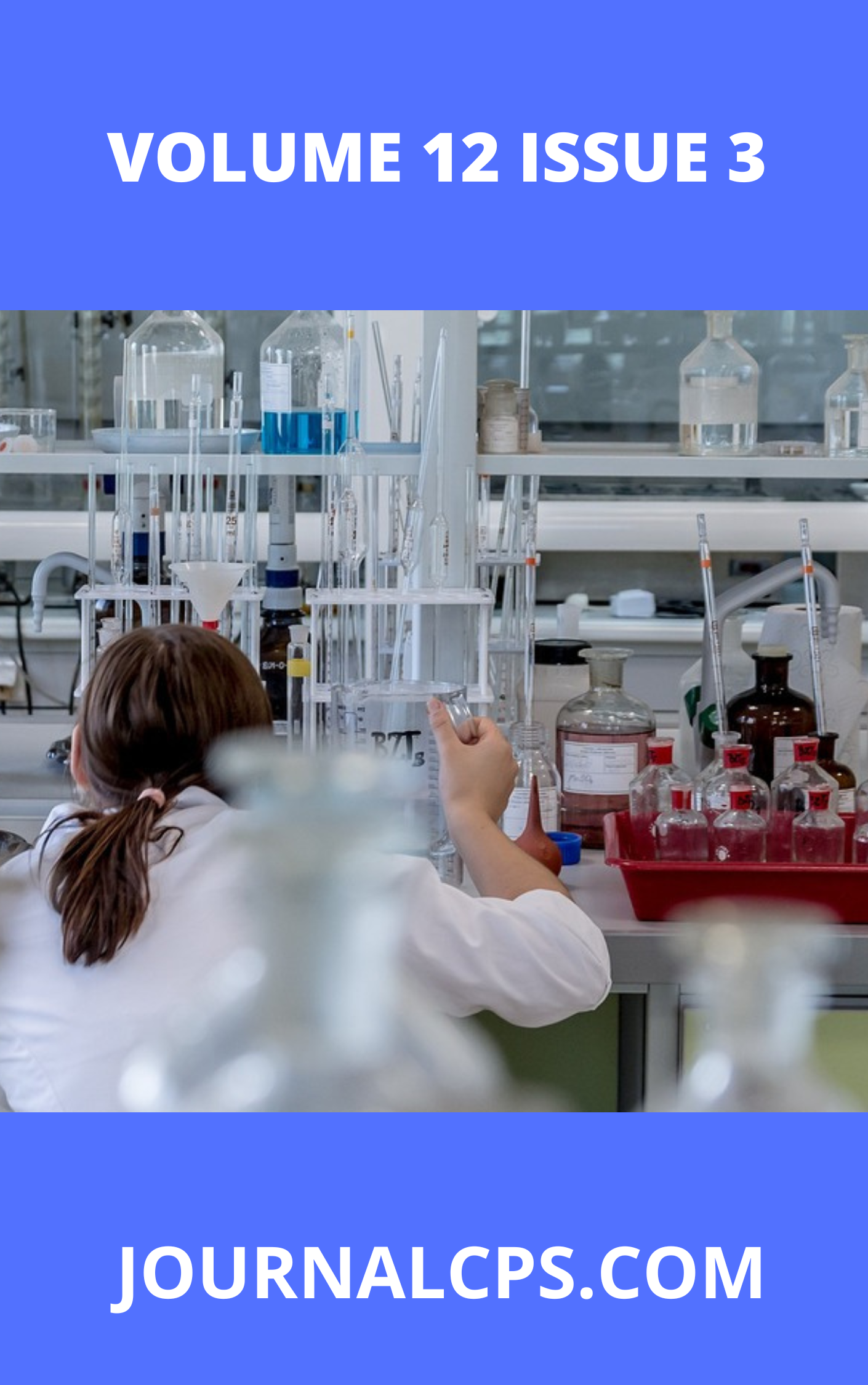Synthetic Approaches, Classification, Properties and Application of Metal-Organic Frameworks: A Review
Keywords:
Metal–organic frameworks (MOFs); Synthetic methods, Classification, Applications of MOFsAbstract
Metal-organic (MOF) is a group compound that consists of an ion or metal group coordinated by organic ligands to make many-dimensional structures. MOFs are subclassed by coordinated polymers with speciality porous structures. The pursuit of rapid development in the area of catalysis, solar energy, environmental remediation, wastewater treatment and other aspects of ecological and sustainable chemistry has prompted substantial research by material chemists, physicists, academics and other scientists for the development of porous material. A lot of energy had been invested in this course by scientists, research organizations and public sector agencies from antiquity, but the resulting solution was somewhat undesirable until two decades ago when Metal-Organic Frameworks (MOFs) appeared to offer a glimpse of a solution to those challenging issues. The adaptability, flexibility, uniqueness and usability of the metal-organic frameworks material, and its suitability to every facet of scientific and technological advancement has since triggered an incredible upsurge in studies aimed at uncovering more of the inherent influential properties of the materials, and its improvement for the betterment of material science and research world. This review is aimed at investigating some of the recent advancements/breakthroughs in metal-organic frameworks, synthetic methodologies and applications.
Downloads
Published
Issue
Section
Similar Articles
- Idayat Abubakar Salau, Aminu Suleiman Mohammed, Hussaini Garba Dikko, Type I Half-Logistic Exponentiated Kumaraswamy Distribution With Applications , Communication In Physical Sciences: Vol. 12 No. 2 (2025): VOLUME 12 ISSUE 2
- Emeka C. Ogoko, Water Quality Assessment of Dug Wells in Lagos Island, Southwestern Nigeria , Communication In Physical Sciences: Vol. 4 No. 2 (2019): VOLUME 4 ISSUE 2
- Edoise Areghan, From Data Breaches to Deepfakes: A Comprehensive Review of Evolving Cyber Threats and Online Risk Management , Communication In Physical Sciences: Vol. 9 No. 4 (2023): VOLUME 9 ISSUE 4
- Precious Ogechi Ufomba, Ogochukwu Susan Ndibe, IoT and Network Security: Researching Network Intrusion and Security Challenges in Smart Devices , Communication In Physical Sciences: Vol. 9 No. 4 (2023): VOLUME 9 ISSUE 4
- S. Chitra, Adsorption studies on the inhibition of the corrosion of mild steel in 2 M NaCl by tetracycline and neomycin trisulphate drugs , Communication In Physical Sciences: Vol. 5 No. 1 (2020): VOLUME 5 ISSUE 1
- Usman Umar Modibbo, John Stanley, Martins Moses, Victoria John Danjuma, Nutritional and Chemical Characterization of Avocado Oil from Three Cultivars in Mambila Plateau, Taraba State, Nigeria , Communication In Physical Sciences: Vol. 12 No. 6 (2025): Volume 12 ISSUE 6
- Ayomide Ayomikun Ajiboye, Investigating the Role of Machine Learning Algorithms in Customer Segmentation , Communication In Physical Sciences: Vol. 12 No. 2 (2025): VOLUME 12 ISSUE 2
- Helen O. Chukwuemeka-okorie, Ifeanyi Otukere, Kovo Akpomie, Isotherm, Kinetic and thermodynamic investigation on the biosorptive removal of Pb (II) ion from solution onto biochar prepared from breadfruit seed hull , Communication In Physical Sciences: Vol. 12 No. 3 (2025): VOLUME 12 ISSUE 3
- Ernest Orji Akudo, Kizito Ojochenemi Musa, Geophysical and Geotechnical Investigations of Failed Sections of Road Pavements in Parts of Northcentral Nigeria , Communication In Physical Sciences: Vol. 9 No. 3 (2023): VOLUME 9 ISSUE 3
- Dulo Chukwemeka Wegner, A Review on the Advances in Underwater Inspection of Subsea Infrastructure: Tools, Technologies, and Applications , Communication In Physical Sciences: Vol. 12 No. 5 (2025): Vol 12 ISSUE 5
You may also start an advanced similarity search for this article.




